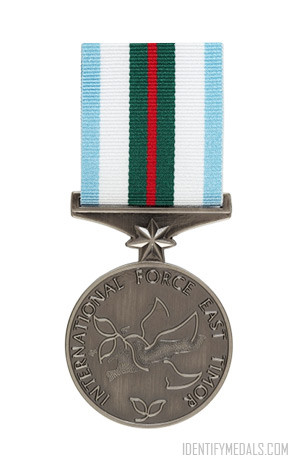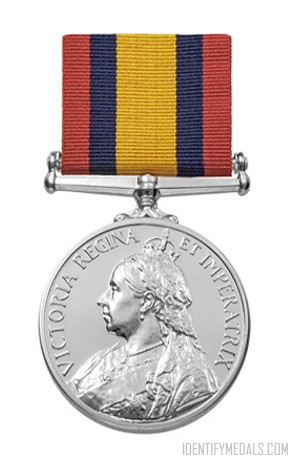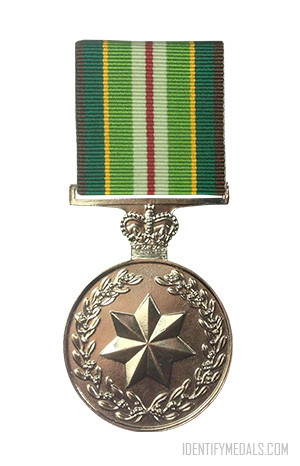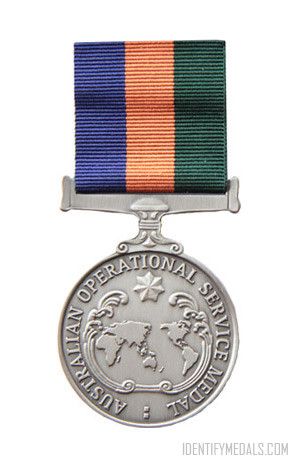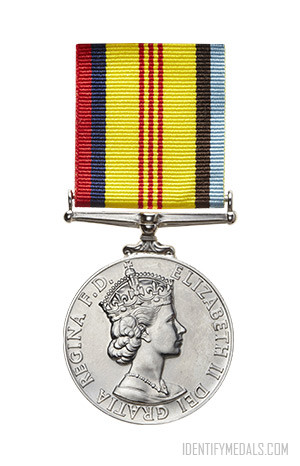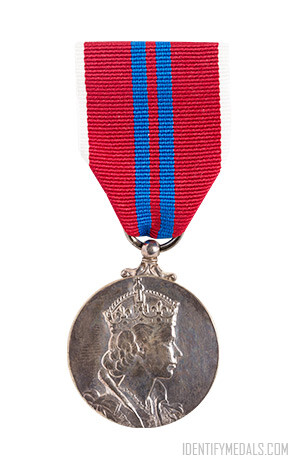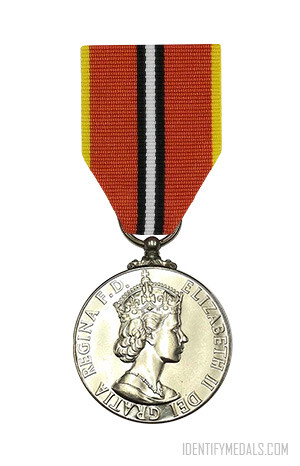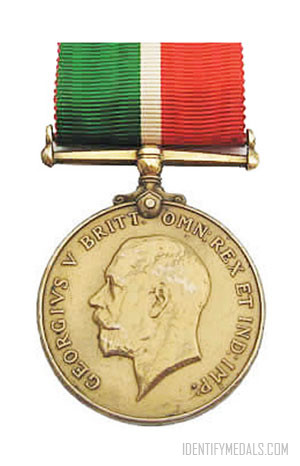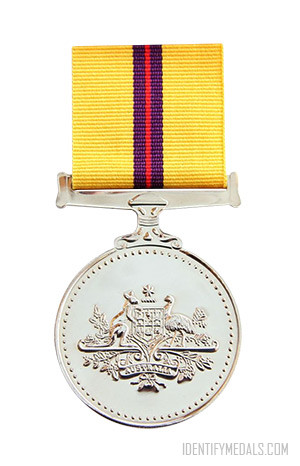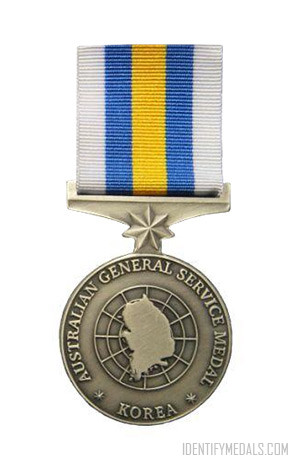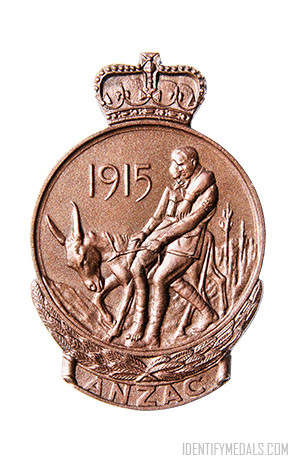The Afghanistan Medal is a medal instituted by Queen Elizabeth II on the advice of the Australian Prime Minister John Howard in 2004. The medal is awarded to Australian defense force personnel who served in or around Afghanistan after 11 October 2001.
Members of the Australian Defence Force who render 30 days service (or 30 sorties) with the forces:
- Operation Slipper — the ADF contribution to the International Coalition Against Terrorism that commenced on 11 October 2001 in the specified areas comprising the total land areas and superjacent airspace boundaries of Afghanistan; commenced on 11 October 2001 and ended on 5 December 2002 in the specified areas comprising the total land areas and superjacent airspace boundaries of Kyrgyzstan; the specified areas comprising the total land areas, territorial waters inland waterways and superjacent airspace boundaries of Kuwait, Bahrain, Qatar, United Arab Emirates, the Persian Gulf, the Strait of Hormuz, the Gulf of Oman, those portions of the Arabian Sea bounded by 68 degrees east and 12 degrees north, and the Gulf of Aden; that; commenced on 11 October 2001 and ended on 5 December 2002, and commenced on 1 January 2009;
- Operation Palate – the Australian Defence Force contribution to the United Nations Assistance Mission in Afghanistan that commenced on 6 December 2002 in the area comprising the specified total land areas and superjacent airspace boundaries of Afghanistan.
Defense force personnel are also recognized by the ‘ICAT’ clasp to the Australian Active Service Medal and the North Atlantic Treaty Organisation’s Non-Article 5 Medal with ‘ISAF’ clasp. A person is not eligible for the award of the Afghanistan Medal where an entitlement exists to the Iraq Medal for the same deployment.
The Afghanistan Medal Design
The medal is circular and struck in nickel-silver. The design is the same as the Vietnam Medal, but with a plain suspender.
The obverse bears the Commonwealth Coat of Arms. The reverse shows a snow-capped mountain range with a multi-rayed sun rising behind the mountains. The mountains represent the dominant terrain of the country and the rising sun signifies a ‘new dawn’ for the nation. The word ‘AFGHANISTAN‘ is inscribed in English and in the Arabic script of the two dominant languages of Afghanistan, Dari, and Pashto.
The ribbon has a central vertical stripe of red, signifying the conflict in Afghanistan. This is flanked by stripes of purple representing the three arms of the Australian Defence Force. Stripes of khaki, white, and light blue border the inner stripes. They symbolize the Afghanistan terrain, the snow-peaked mountains, and the sky above, respectively.


